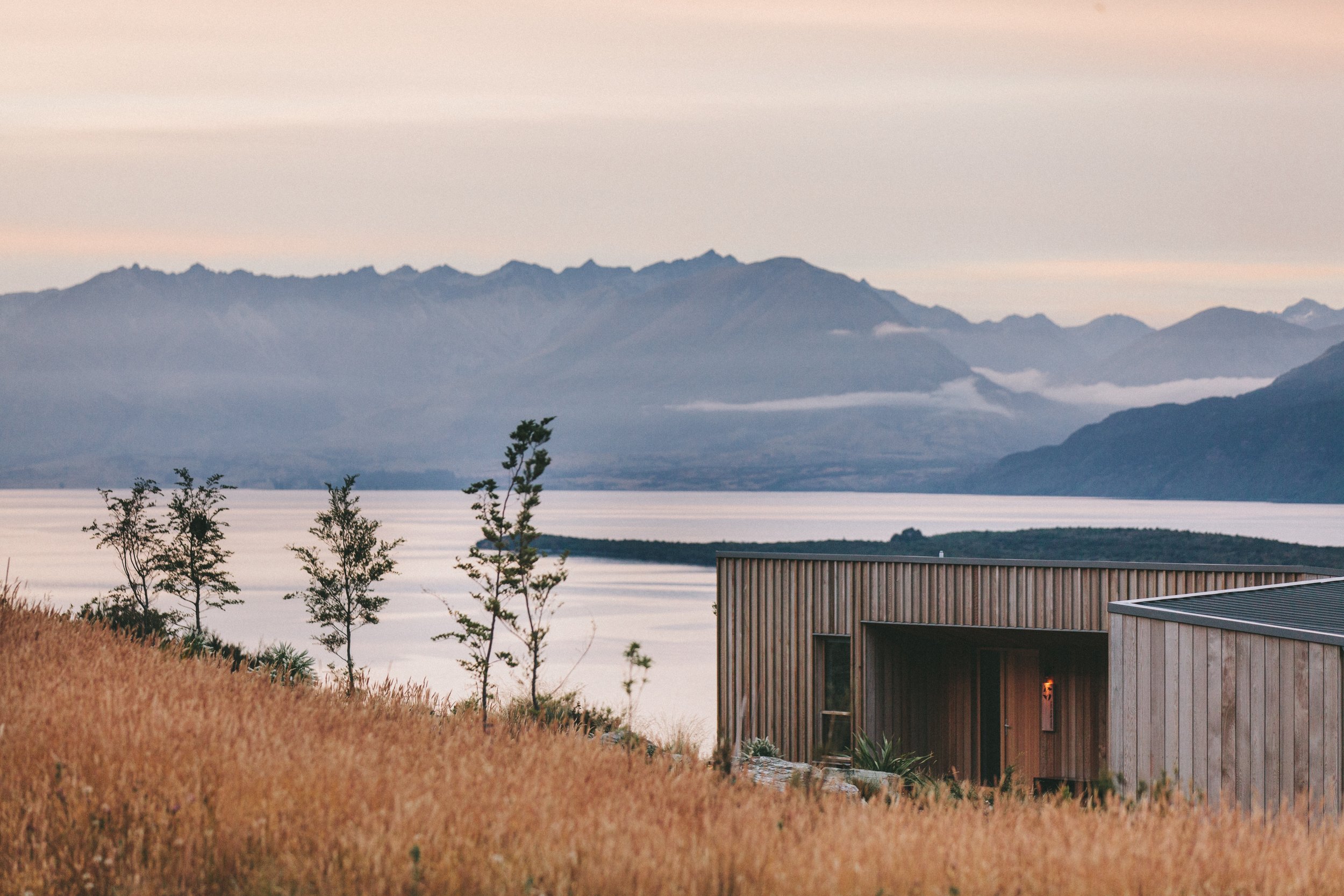Winter Blues
Winter is a hard season for many people. The energizing glow of sunlight decreases. Sundown creeps earlier. The air turns cold. We turn inward. Experts have studied this shift. Some people use “Winter Blues” and “SAD” (Seasonal Affective Disorder) interchangeably, but many experts separate them in two different categories. SAD is a type of depression, and the main treatments are light therapy, psychotherapy, vitamin D, and medication, according to the National Institutes of Health. Winter Blues is not an official clinical diagnosis, but is used to refer to increased feelings of sadness, fatigue, and decline in motivation in this season.
14%
of people in the U.S. (mainly in the more northern states) are affected by Winter Blues
6%
of people in the U.S. (mainly in the more northern states) are affected by SAD (Seasonal Affective Disorder)
Source: “Seasonal Affective Disorder” Q&A with Drs. Steven D Targum, MD and Norman Rosenthal, MD, in the journal Psychiatry https://www.ncbi.nlm.nih.gov/pmc/articles/PMC2686645/
NOTE: This website does not contain medical advice. Please consult a healthcare professional and considerthe particular needs of your own body. If you are in emotional distress or a suicide crisis, call or text 988, a free, confidential, 24/7 Suicide Prevention Hotline in the U.S. In other countries, to find a hotline, visit find a helpline. You are not alone. You are needed. Help is available.
What helps Winter Blues?
Experts and medical institutions have lots of advice for what you can try to ease Winter Blues, and what’s interesting is almost all of their recommendations are things we can do on our own. No prescriptions or procedures, but rather, activities and habits that help nudge our body into a more active and connected space. This is the premise of Winter Camp — that by connecting, moving, making space for activities that light us up, we have the power to shift this season.
This article from the Mayo Clinic recommends:
Get outside — There is no substitute for natural light. If you work during the day, try to go for a walk during a break or lunch.
Light therapy boxes can help boost your mood when you’re unable to get outdoors.
Get regular exercise — At least three times a week for 30 minutes.
Stay social — Interact with family and friends on a regular basis.
Kaiser Permanente physician Amado Daylo, MD (Assistant Medical Director of Behavioral Health Services) recommends 8 ways to cope with the Winter Blues in this article:
1. Exercise
2. Check your vitamin D levels
3. Get some light therapy
4. Eat a healthy diet
5. Stimulate your senses
6. Nurture your spirit
7. Head to a sunnier climate
8. See a therapist

